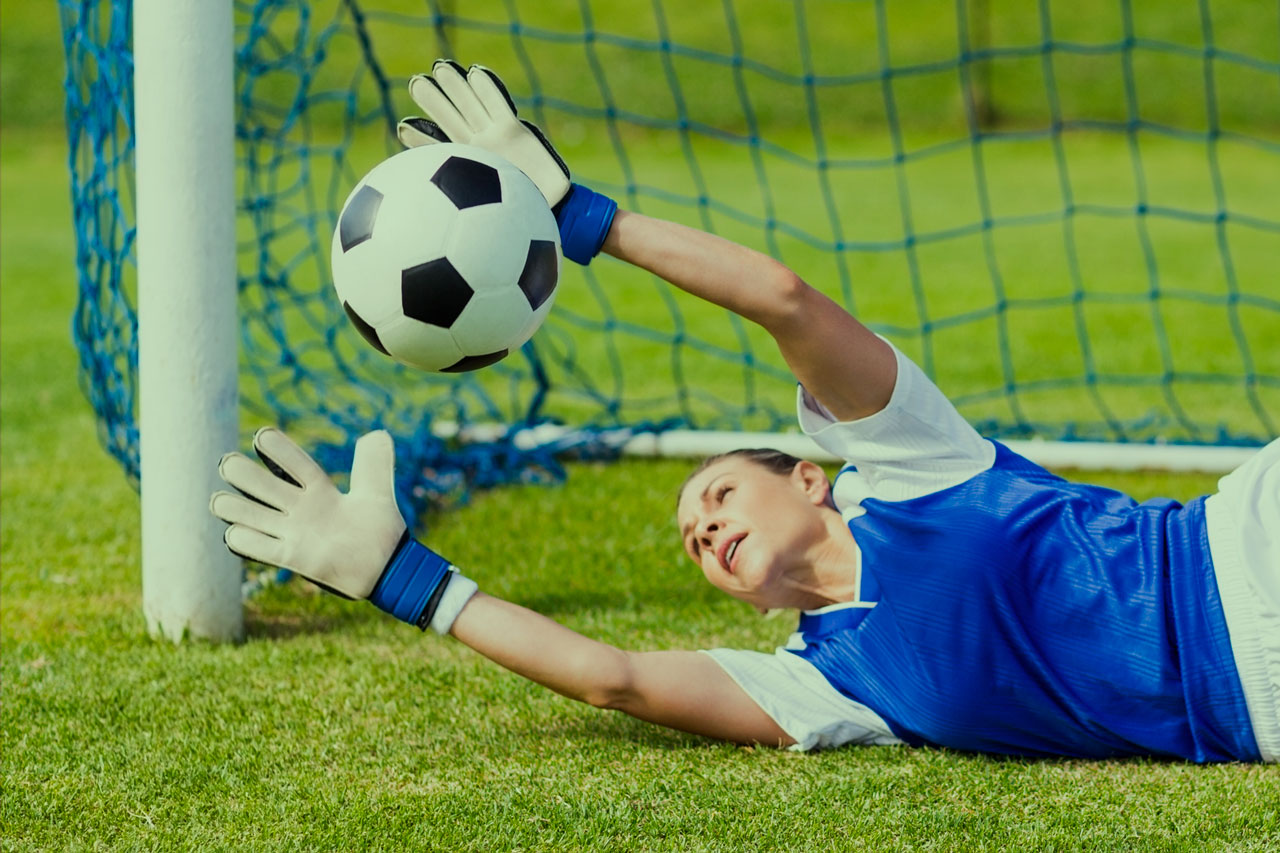
Reflex training with unpredictable gunshot simulations
Antoine Roex, Keeper In Motion – 31 October 2024
To improve your reflexes, training with unpredictable simulated shots is one of the most effective methods. Whether you’re an athlete or a precision sports enthusiast, discover how these exercises stimulate your reflexes and optimize your performance. Learn the key techniques for boosting your reaction times to unexpected situations.
The importance of reflexes in shooting sports
Developing reflexes is crucial in disciplines such as shooting sports, hunting and military training. These activities require rapid responses to visual and auditory stimuli that are often unpredictable. For shooters, it’s not just a question of accuracy, but of reacting instantly to moving targets or sudden threats. Reaction time needs to be honed through regular practice, combined with concentration techniques, to increase the speed of reflexes while preserving the quality of aim. Experienced shooters, whether hunters or soldiers, generally train in simulated environments, where unexpected shots are projected at various speeds and angles, encouraging quick and effective reactions.
Shooting simulators: the training tool of choice
Modern shooting simulators have become essential tools for training reflexes. They allow you to recreate realistic shooting scenarios while minimizing the risks and avoiding excessive consumption of ammunition. These simulators make it possible to shoot at moving targets in a variety of contexts, from virtual hunting to military exercises. Some simulators even offer a precise analysis of the shooter’s movements, from the moment they pick up the weapon to the moment the bullet impacts. In this way, they can identify aiming errors and optimize the technical gesture. What’s more, these tools are programmable, with increasing levels of difficulty, enabling users to adapt to unexpected and varied situations.
Improving reflexes with unpredictable shots
Unpredictable fire simulates situations where the target or threat suddenly appears from angles and directions that are difficult to anticipate. These scenarios are widely used in military training, as they prepare soldiers for real-life combat conditions. For civilian shooters, particularly hunters or sportsmen, training with random shots improves hand-eye coordination and mental agility. Hunting simulations, for example, project moving animals at different speeds and distances, forcing shooters to constantly adjust their position and aim according to variations in the terrain and animal behaviour.
Integrating technology into training programmes
Technology plays a central role in optimising reflexes. Tools such as motion sensors, 3D projectors and immersive screens make it possible to recreate hyper-realistic training environments. Indeed, these technologies can be programmed to generate sudden auditory and visual stimuli that the shooter needs to process quickly. The advantage of modern simulators lies in their ability to provide instant feedback on the shooter’s performance, identifying areas for improvement. In addition, simulators allow for a variety of weapon types to be used, whether rifles, shotguns or dummy weapons, offering maximum flexibility for different types of scenarios and training objectives.
Conclusion
Training reflexes with unpredictable shots represents a technical and mental challenge for shooters. By combining technological tools, such as shooting simulators, with traditional techniques, sportsmen, hunters and soldiers can not only improve their reactivity, but also their accuracy in situations where response time is critical. The key lies in repetition and adaptation to a variety of scenarios, making each training session more effective than the last.
References :
